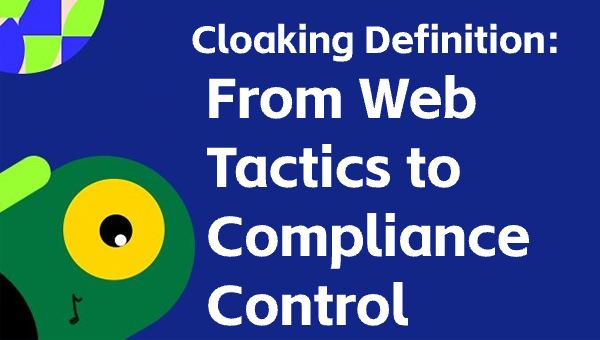Cloaking Definition: From Web Tactics to Compliance Control

Cloaking, by definition, refers to the practice of showing different content or URLs to users and web crawlers. While once considered an exclusively black-hat SEO tactic, the modern definition of cloaking spans ethical, strategic, and technical use cases—especially in digital advertising and affiliate marketing.
What Does “Cloaking” Mean in Digital Contexts?
In simplest terms, cloaking is a technique where a website or campaign delivers alternate versions of content based on who is visiting—a real human, a search engine bot, or an ad reviewer.
Types of Cloaking
SEO Cloaking: Showing keyword-optimized pages to Googlebot, while users see a branded landing page
Ad Cloaking: Presenting a clean “white page” to ad reviewers and a conversion-focused “money page” to real users
Link Cloaking: Masking affiliate links to appear cleaner and more trustworthy
Content Cloaking: Customizing messages for different devices, IPs, geographies, or languages
Why Is Cloaking Used?
Avoid ad disapprovals or content bans
Improve user trust with clean and branded URLs
Deliver geo-targeted or device-specific user experiences
Analyze bot behavior to enhance performance
Modern Cloaking vs. Black-Hat Cloaking
Modern cloaking often involves ethical, compliant strategies. Black-hat cloaking deceives platforms and users, often resulting in penalties. The key lies in intent, transparency, and usage context.
Conclusion
Cloaking, in today’s digital world, is a powerful tool when used responsibly. To learn more about safe, advanced cloaking applications, visit adcloaking.com,部署专业级Cloaking系统。
